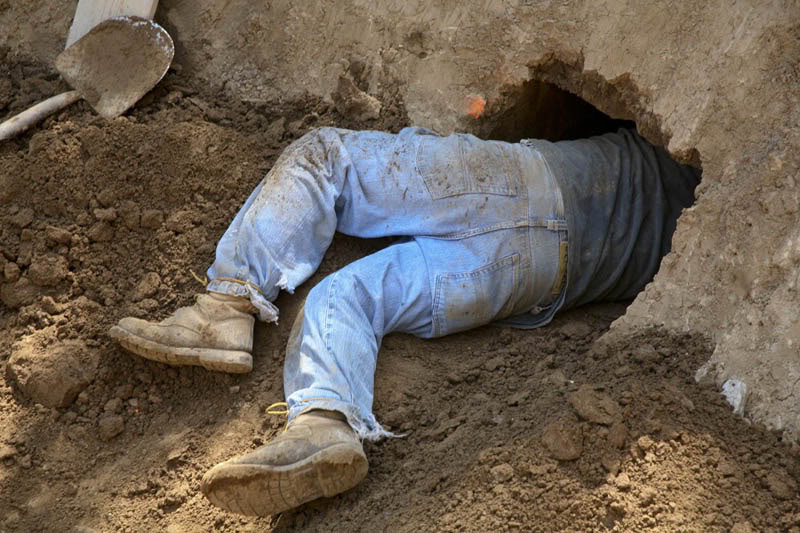The weather for this event was unusual. A cold snap resulted in temps in the mid-60's (F) during the day and all the way down to 39F at night. When descending at 25-35 mph into an ambient temp of 39F the wind chill is makes it feel like 25F on `dry' skin. With sweat it felt like it was in the teens.
I had hopes for completing the event in under 35 hours; but my realistic expectation was that I'd not complete the entire 444 miles. As it turned out I completed 180 miles and 7,000 feet of climbing in 14 hours of cycling. After 12 hours of cycling it was 1:00 AM and extremely cold. I took a 2.5 hour break in the crew vehicle. Back on the road at 3:30 AM I rode another 2 hours (25 miles) before I called it. At that point I was exhausted. Of course, there were more miles `in the tank' but it would simply have been pointless to risk physical destruction to add another 25 or 50 miles.
A few candidates to explain the lack of stamina. First my age: 74. Another the weather: it was so cold that I wore five pair of socks, four leg coverings, five jerseys and jackets and three head coverings and thick, insulated lobster gloves. Finally, insufficient training for such an endurance event.
Of these `candidates' I'm least inclined to accept age as a major limiting factor. But I will be putting this to a test in mid-November. I plan to do a solo 24 hour on the World Time Trial Championship course in Borrego Springs, CA. The temperature there should be far less cold at night. The climbing (feet per mile) will be half of that on the 180 miles of the Natchez Trace (19 ft per mile v. 39 ft per mile).
It was worth it. So many cycling events have been canceled this season due to the Covid-19 pandemic.
My crew was exceptional. Attentive, extremely capable and very supportive. The bike was mostly flawless. At one point a link on the chain `hooked' on something metallic and didn't allow me to pedal. I stopped, reversed the rotation and that issue was resolved, allowing me to continue on. Clothing for the cold was as good as it could be. Layered with a final jacket of rainproof / windproof material.
Not much more to say about this event. I've heard that several other cyclists didn't finish due to the extreme cold. At the third time station (1:00 AM) I noted that the van of likely the strongest rider was parked and remained there even after I rested and resumed the event at 3:30 AM. Wise.











